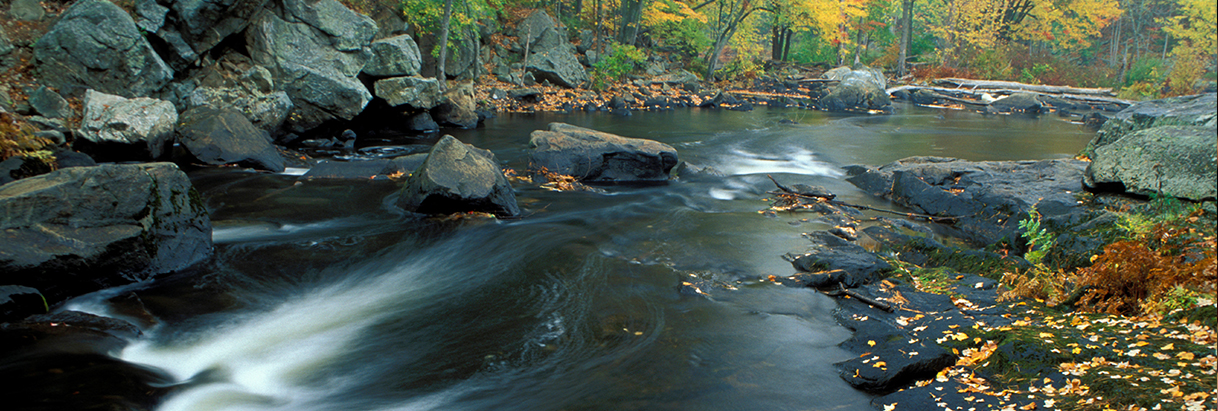What is the Protected Instream Flow?
The Lamprey River, as a protected river in the NH Rivers Management and Protection Program, is one of two rivers in New Hampshire chosen for a pilot “protected instream flow” management plan created by the NH Dept. of Environmental Services. (The other pilot river is the Souhegan.) The ultimate goal of the plan is to ensure flow conditions that maintain the natural variability of flows, not just a particular volume or flow.
The protection of natural variability is intended to allow wildlife species to use the river as they would under natural, pre-development conditions, with time to adjust to normal changes. Under this goal, lowering of the river should be a gradual process and take into consideration the migration and hibernation needs of fish, turtles, and other species that rely on the river or its wetlands.
The plan considers the role of “affected parties” including dam owners with an impoundment of a certain size, agriculture, and public water suppliers. Except in cases of an emergency, the basic needs of wildlife take precedence over the demands of human water uses. To that effect, the plan also includes components for water conservation, water use, and dam management. The final plan includes numeric standards for several flow conditions: common flow, critical flow, and rare flow conditions, as well as frequency: allowable, persistent, and catastrophic. If certain low-flow criteria are met, a relief pulse of water from Pawtuckaway Lake will be released for 48 hours. Adoption of the final plan occurred in August 2013.
To view the plan, click Lamprey River Water Management Plan (Instream Flow).

